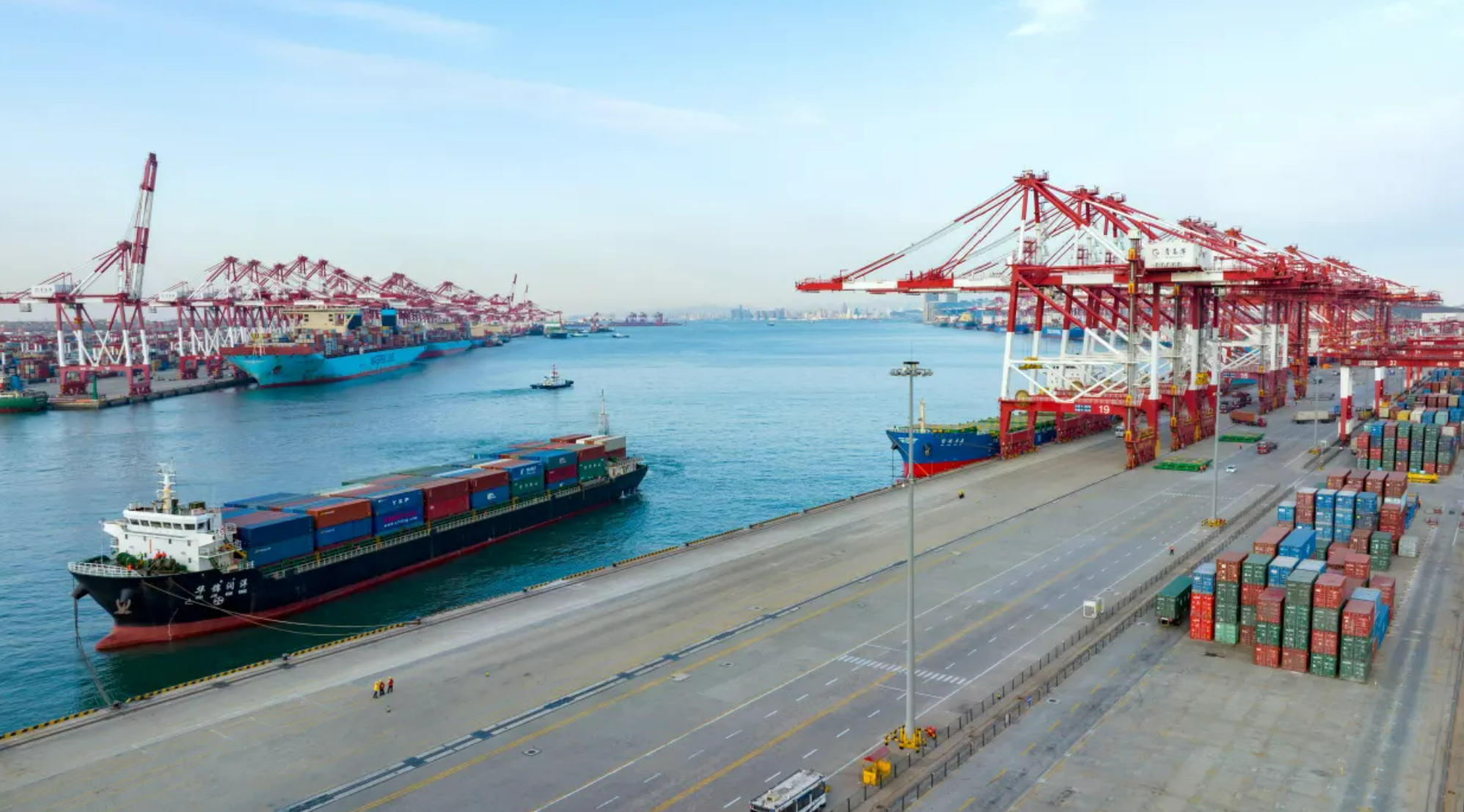BEIJING (Realist English). China’s exports surged past expectations in March, offering rare positive momentum for a slowing economy. Yet a simultaneous drop in imports highlights continued weakness in domestic demand, underscoring the fragility of the country’s post-COVID recovery.
According to Reuters, exports rose 7.6% year-on-year in dollar terms, reaching $279.7 billion. In yuan terms, the increase was even more pronounced — 12.4% — reflecting both currency effects and robust demand for electronics, chemicals, and solar panels, particularly in Southeast Asia and Latin America.
At the same time, imports fell 1.9%, underlining persistent weakness in domestic consumption and continued stress in the real estate sector. The trade surplus narrowed to $58.5 billion, down from $125.2 billion in February, yet still stronger than market expectations.
Chinese authorities have pinned hopes on exports to help meet this year’s 5% GDP growth target, but analysts warn that weak imports — a proxy for internal demand — suggest the recovery remains unbalanced.
Key points
– Export growth reached 12.4% in yuan and 7.6% in USD, exceeding forecasts.
– March marked the first major year-on-year export gain since October 2023.
– Declining imports signal ongoing challenges in domestic demand and investment.
A surge in exports may temporarily lift confidence, but it masks deeper vulnerabilities. Without stronger domestic consumption, China’s growth will remain dependent on volatile external markets. The widening gap between trade performance and internal demand highlights the need for structural reforms.
Beijing has deployed tax incentives, infrastructure investment, and policy easing to revive growth. Still, the IMF forecasts only 4.6% GDP growth in 2025. Deflationary pressure, a protracted housing crisis, and low private-sector confidence continue to drag on the recovery.


















